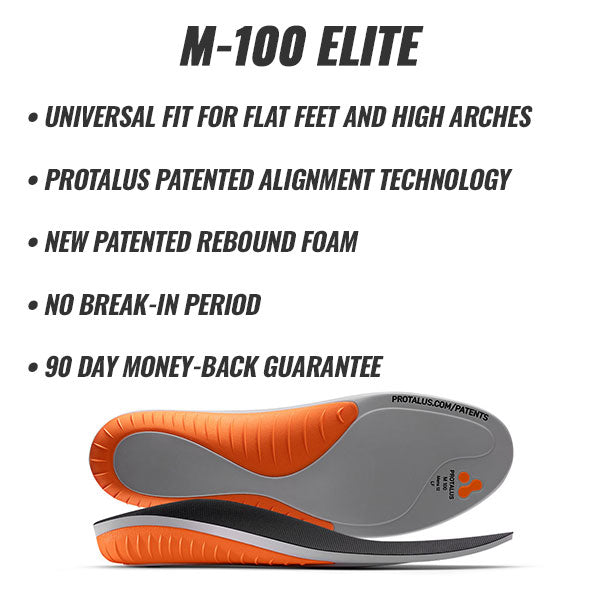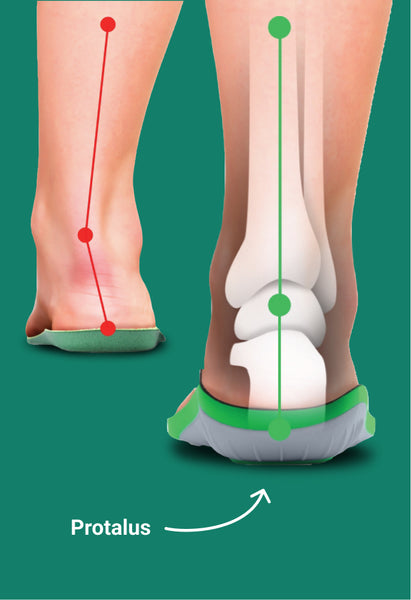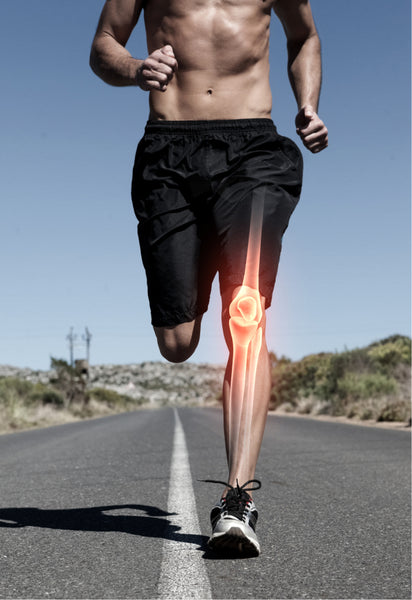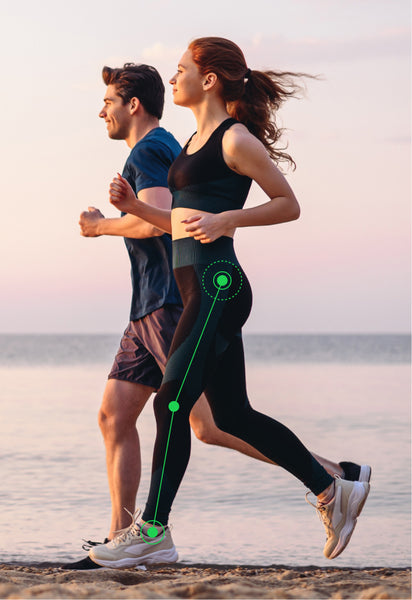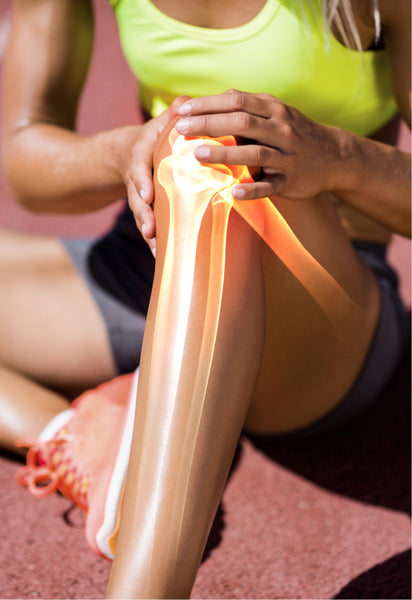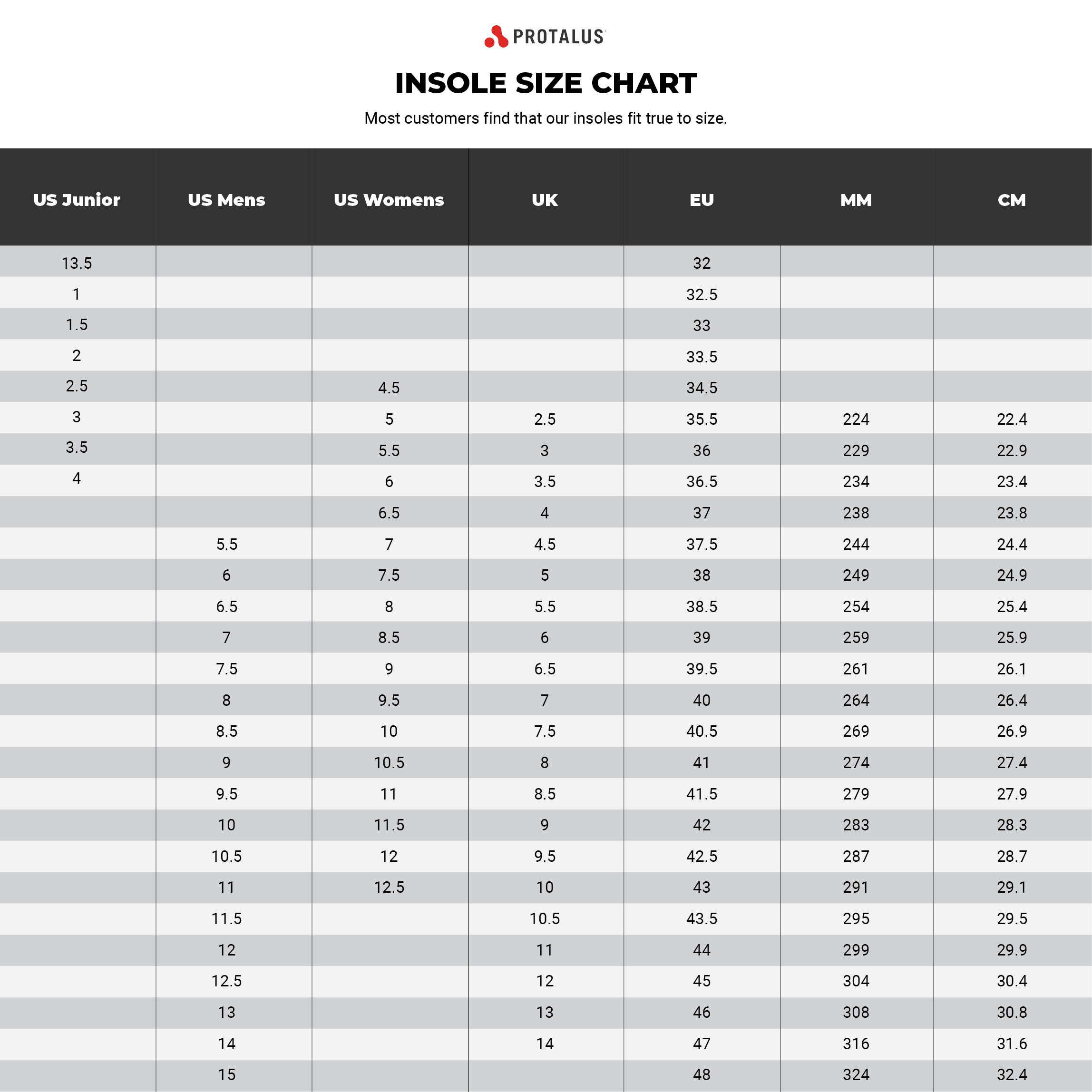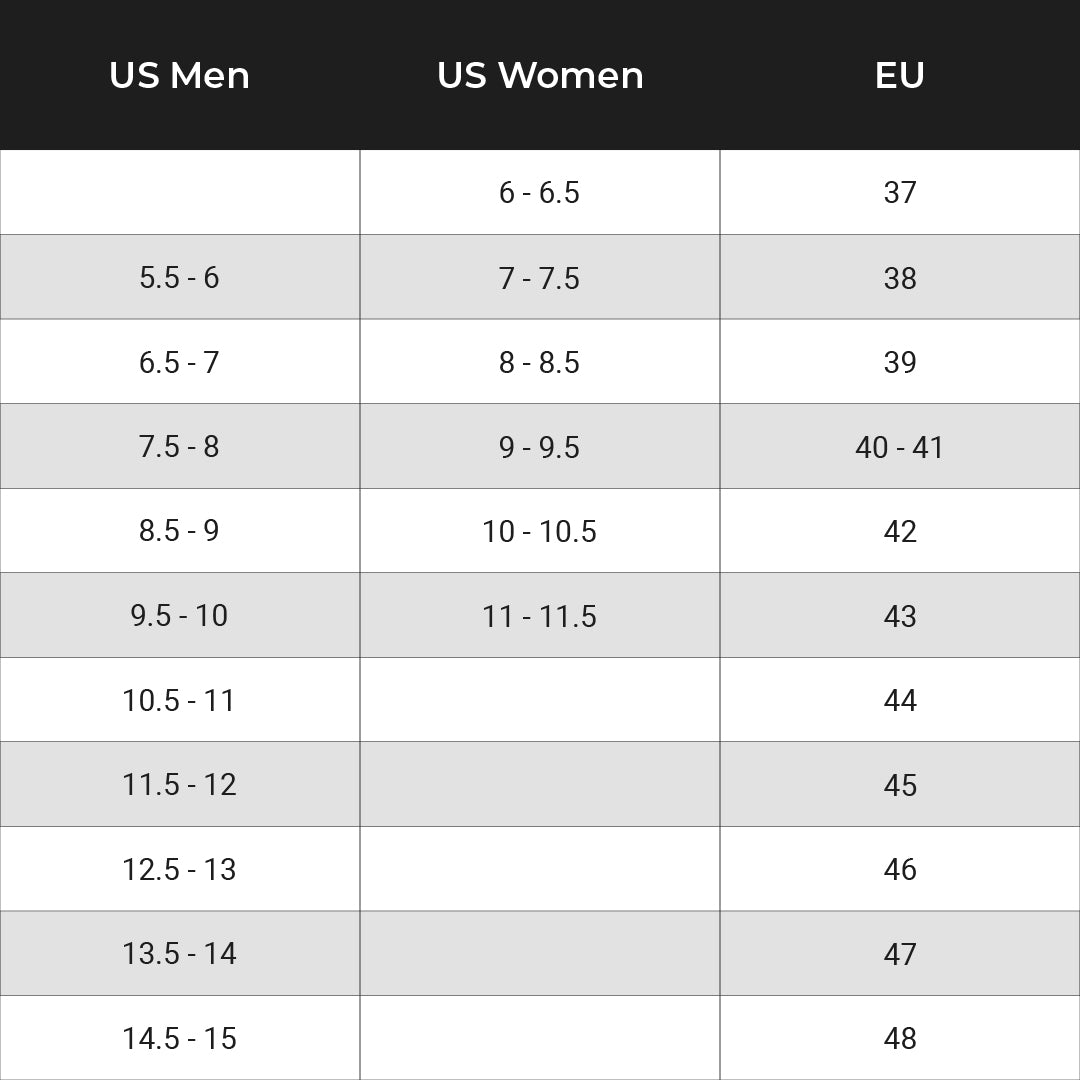What Shoes Should You Wear in a Gym?
The Different Types of Gym Shoes for Weightlifters
Although most gym-goers use just about any shoes to lift weights in a gym, there are shoes that are made for just that purpose. Wearing the wrong type of shoes can do harm. Running shoes, for instance, are not recommended for lifting weights because they tend to restrict the range of motion (ROM) or the extent to which a joint can move. Shoes that are specially designed for lifting weights have a higher heel which increases ROM. An increased ROM translates to a healthy posture and minimizes the risk of injury.
As stated above, running shoes are not ideal for weightlifting in the gym. This begs the question: what are the best gym shoes for weightlifting?
Lifting Shoes/ Trainers
Lifting shoes are a popular choice among weightlifting enthusiasts. They are appreciated for their sturdy sole and heel lift which ensures stability during powerful lifts like a clean, jerk, and snatch. But most importantly, they facilitate seamless low squats. A lifter can execute low squats at no consequence to their posture while using lifting shoe. They also increase ROM and restrict ankle mobility. Lifting shoes can also be referred to as trainers. Trainers usually have a flat sole with extra stability to keep the ankle from rolling. These shoes tend to come with removable heel lifts so that they can be worn as a daily shoe, or be used for elevated squats when needed.

Flat-soled Shoes
Flat-sole shoes provide a strong grip and facilitate even weight distribution (a key workout component for lifters). They also give a good measure of security and safety. Although they aren't as "standard" or "efficient" as lifting shoes, they get the job done. These shoes are great for deadlifting and even squats. Flat-soled shoes tend to be the most cost-effective choice, making them a more desirable choice for many people.

Barefoot
As surprising as it may seem, sometimes a lifter's best option is to go barefoot. This is an especially good alternative for lifters who aren't fans of carrying extra shoes with them to the gym. They can execute their movements barefoot with maximum ROM. It also minimizes ankle mobility that occurs when a lifter bends ahead while performing a squat.
Lifting without shoes also gives room for elevated squats, increasing the knee's ROM but decreasing the hip's ROM. This stance helps activate the muscles concentrated in the quadriceps. On the downside, there aren't many gyms that tolerate barefoot activities. Also, a barefooted lifter must watch out for infections and foot-related injuries!

Final Thoughts
Gym shoes designed for weightlifting increase the user's depth and keep ankle mobility at bay. They typically possess stiff and sturdy soles with minimal or zero cushioning. A flat-soled gym shoe is an ideal candidate for most people, while lifting shoes/ trainers are highly recommended for those who go to the gym more frequently, or for people who require the extra ROM. The bottom line is, when lifting, remember to prioritize your range of motion when choosing your footwear.Recommended Posts
Saying Goodbye to Leg and Foot Pain: The Power of Insoles
by Scott Anderson • October 21, 2021Kick leg and foot pain to the curb with the proper shoe insoles! Discover relief now!
How Plantar Fasciitis Sufferers Find Comfort with Insoles
by Scott Anderson • October 21, 2021Say goodbye to leg & foot pain! Insoles like Protalus T-100 offer relief, support & comfort.
Flat Feet: What It Really Means for Your Feet and Body
by Scott Anderson • October 21, 2021Flat feet? Discover the challenges and relief with Protalus insoles! Say goodbye to pain, improve stability, and boost performance. Read more!







